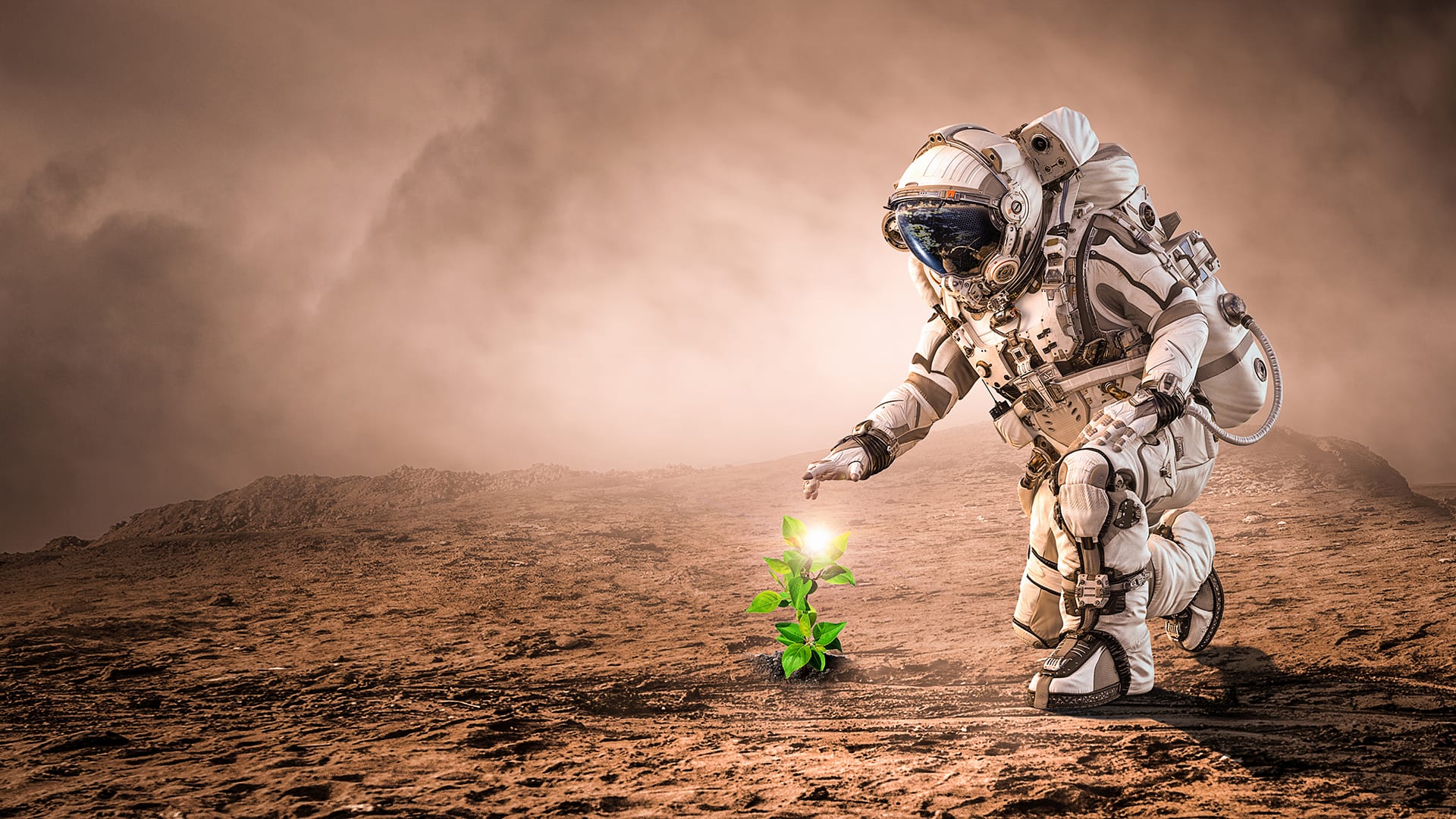Scroll for prep

Please wait…
This video is having trouble loading. You may have lost your Internet connection.
Step 1: Click to Reload this page
Step 2: Click to
Try our other video player
Step 3: Contact your teacher if trouble persists.
Or,
dismiss this message.
CONVERSEMOS:
¿Qué lugares en nuestro sistema solar te gustaría visitar? ¿De qué te tipo de cosas te tendrías que proteger?

Please wait…
This video is having trouble loading. You may have lost your Internet connection.
Step 1: Click to Reload this page
Step 2: Click to
Try our other video player
Step 3: Contact your teacher if trouble persists.
Or,
dismiss this message.
CONVERSEMOS:
¿Cómo vas a decidir cuál exoplaneta visitarías primero?

Please wait…
This video is having trouble loading. You may have lost your Internet connection.
Step 1: Click to Reload this page
Step 2: Click to
Try our other video player
Step 3: Contact your teacher if trouble persists.
Or,
dismiss this message.

Please wait…
This video is having trouble loading. You may have lost your Internet connection.
Step 1: Click to Reload this page
Step 2: Click to
Try our other video player
Step 3: Contact your teacher if trouble persists.
Or,
dismiss this message.
Paso
01/15
01/15
Encuentra un compañero o compañera con quien trabajar. Decidan
quién será el Experto de las Plantas y quién será el Mago del Agua.
quién será el Experto de las Plantas y quién será el Mago del Agua.

Please wait…
This video is having trouble loading. You may have lost your Internet connection.
Step 1: Click to Reload this page
Step 2: Click to
Try our other video player
Step 3: Contact your teacher if trouble persists.
Or,
dismiss this message.
Paso
02/15
02/15
Obtén estos materiales.

Please wait…
This video is having trouble loading. You may have lost your Internet connection.
Step 1: Click to Reload this page
Step 2: Click to
Try our other video player
Step 3: Contact your teacher if trouble persists.
Or,
dismiss this message.
Paso
03/15
03/15
Recorta el decodificador que está en la orilla de tu hoja de trabajo.
Nota que hay diferentes tonos de gris en el decodificador. Esos tonos
de gris también están detrás de tus planetas.
Nota que hay diferentes tonos de gris en el decodificador. Esos tonos
de gris también están detrás de tus planetas.

Please wait…
This video is having trouble loading. You may have lost your Internet connection.
Step 1: Click to Reload this page
Step 2: Click to
Try our other video player
Step 3: Contact your teacher if trouble persists.
Or,
dismiss this message.
Paso
04/15
04/15
Experto de las Plantas: lee la información sobre las plantas.
Mago del Agua: lee la información sobre el agua.
Mago del Agua: lee la información sobre el agua.

Please wait…
This video is having trouble loading. You may have lost your Internet connection.
Step 1: Click to Reload this page
Step 2: Click to
Try our other video player
Step 3: Contact your teacher if trouble persists.
Or,
dismiss this message.
Paso
05/15
05/15
Experto de las Plantas: encierra en un círculo los porcentajes de luz
que son demasiado bajos o altos. Mago del Agua: encierra en un
círculo las temperaturas son demasiado cálidas y frías.
que son demasiado bajos o altos. Mago del Agua: encierra en un
círculo las temperaturas son demasiado cálidas y frías.

Please wait…
This video is having trouble loading. You may have lost your Internet connection.
Step 1: Click to Reload this page
Step 2: Click to
Try our other video player
Step 3: Contact your teacher if trouble persists.
Or,
dismiss this message.
Paso
06/15
06/15
Experto de las plantas: Para cada sección, escribe si está demasiado
oscuro o si es el nivel correcto de luz. Mago del agua: Escribe si es
demasiado cálido, demasiado frío o si es la temperatura correcta.
oscuro o si es el nivel correcto de luz. Mago del agua: Escribe si es
demasiado cálido, demasiado frío o si es la temperatura correcta.

Please wait…
This video is having trouble loading. You may have lost your Internet connection.
Step 1: Click to Reload this page
Step 2: Click to
Try our other video player
Step 3: Contact your teacher if trouble persists.
Or,
dismiss this message.
Paso
07a/15
07a/15
Practiquemos cómo usar tu decodificador. Alínea el color. Ponle una
X si crees que no puedes vivir ahí o una marca de verificación si
crees que puedes vivir ahí.
X si crees que no puedes vivir ahí o una marca de verificación si
crees que puedes vivir ahí.

Please wait…
This video is having trouble loading. You may have lost your Internet connection.
Step 1: Click to Reload this page
Step 2: Click to
Try our other video player
Step 3: Contact your teacher if trouble persists.
Or,
dismiss this message.
Paso
07b/15
07b/15
Practiquemos cómo usar tu decodificador. Alínea el color. Ponle una
X si crees que no puedes vivir ahí o una marca de verificación si
crees que puedes vivir ahí.
X si crees que no puedes vivir ahí o una marca de verificación si
crees que puedes vivir ahí.

Please wait…
This video is having trouble loading. You may have lost your Internet connection.
Step 1: Click to Reload this page
Step 2: Click to
Try our other video player
Step 3: Contact your teacher if trouble persists.
Or,
dismiss this message.
Paso
08/15
08/15
Usa tu decodificador para decidir si puedes vivir en el resto de los
planetas. Dibuja una X sobre cada planeta si no puedes vivir ahí y
una marca de verificación si decides que sí se puede vivir ahí.
planetas. Dibuja una X sobre cada planeta si no puedes vivir ahí y
una marca de verificación si decides que sí se puede vivir ahí.

Please wait…
This video is having trouble loading. You may have lost your Internet connection.
Step 1: Click to Reload this page
Step 2: Click to
Try our other video player
Step 3: Contact your teacher if trouble persists.
Or,
dismiss this message.
Paso
09/15
09/15
Obtén estos materiales. Corta la Guía Estelar a la mitad.

Please wait…
This video is having trouble loading. You may have lost your Internet connection.
Step 1: Click to Reload this page
Step 2: Click to
Try our other video player
Step 3: Contact your teacher if trouble persists.
Or,
dismiss this message.
Paso
10/15
10/15
Platica con tu compañero o compañera sobre cada planeta. Si
deciden que no pueden vivir ahí ya sea por el nivel de luz o la
temperatura, encuéntralo en tu Plan de la Misión y ponle una X.
deciden que no pueden vivir ahí ya sea por el nivel de luz o la
temperatura, encuéntralo en tu Plan de la Misión y ponle una X.

Please wait…
This video is having trouble loading. You may have lost your Internet connection.
Step 1: Click to Reload this page
Step 2: Click to
Try our other video player
Step 3: Contact your teacher if trouble persists.
Or,
dismiss this message.
Paso
11a/15
11a/15
Platiquen sobre sus respuestas a las preguntas número uno y
dos. Escriban sus respuestas en su Guía Estelar.
dos. Escriban sus respuestas en su Guía Estelar.

Please wait…
This video is having trouble loading. You may have lost your Internet connection.
Step 1: Click to Reload this page
Step 2: Click to
Try our other video player
Step 3: Contact your teacher if trouble persists.
Or,
dismiss this message.
Paso
11b/15
11b/15
Esto fue lo que notamos. Los planetas en dónde podríamos vivir
están cerca de las estrellas pequeñas y lejos de las estrellas
más grandes.
están cerca de las estrellas pequeñas y lejos de las estrellas
más grandes.

Please wait…
This video is having trouble loading. You may have lost your Internet connection.
Step 1: Click to Reload this page
Step 2: Click to
Try our other video player
Step 3: Contact your teacher if trouble persists.
Or,
dismiss this message.
Paso
12/15
12/15
Obtén esta hoja de trabajo y córtala a lo largo de la línea punteada.
Experto de plantas: lee la información del Especialista en Rotaciones.
Mago del agua: lee la información del Maestro de la gravedad.
Experto de plantas: lee la información del Especialista en Rotaciones.
Mago del agua: lee la información del Maestro de la gravedad.

Please wait…
This video is having trouble loading. You may have lost your Internet connection.
Step 1: Click to Reload this page
Step 2: Click to
Try our other video player
Step 3: Contact your teacher if trouble persists.
Or,
dismiss this message.
Paso
13/15
13/15
Platica sobre la nueva información que acabas de aprender con tu
compañero o compañera . En tu Plan de misión, pon una X en los
planetas que no quieres visitar.
compañero o compañera . En tu Plan de misión, pon una X en los
planetas que no quieres visitar.

Please wait…
This video is having trouble loading. You may have lost your Internet connection.
Step 1: Click to Reload this page
Step 2: Click to
Try our other video player
Step 3: Contact your teacher if trouble persists.
Or,
dismiss this message.
Paso
14/15
14/15
Conversemos. Escoge un planeta para tu misión. Encierren el planeta
que eligieron en un círculo en su Plan de la Misión.
que eligieron en un círculo en su Plan de la Misión.

Please wait…
This video is having trouble loading. You may have lost your Internet connection.
Step 1: Click to Reload this page
Step 2: Click to
Try our other video player
Step 3: Contact your teacher if trouble persists.
Or,
dismiss this message.
Paso
15/15
15/15
Platica sobre tu respuesta a la pregunta número tres, luego escribe
tu respuesta en tu hoja de trabajo. Asegúrate de ver el último video.
tu respuesta en tu hoja de trabajo. Asegúrate de ver el último video.

Please wait…
This video is having trouble loading. You may have lost your Internet connection.
Step 1: Click to Reload this page
Step 2: Click to
Try our other video player
Step 3: Contact your teacher if trouble persists.
Or,
dismiss this message.
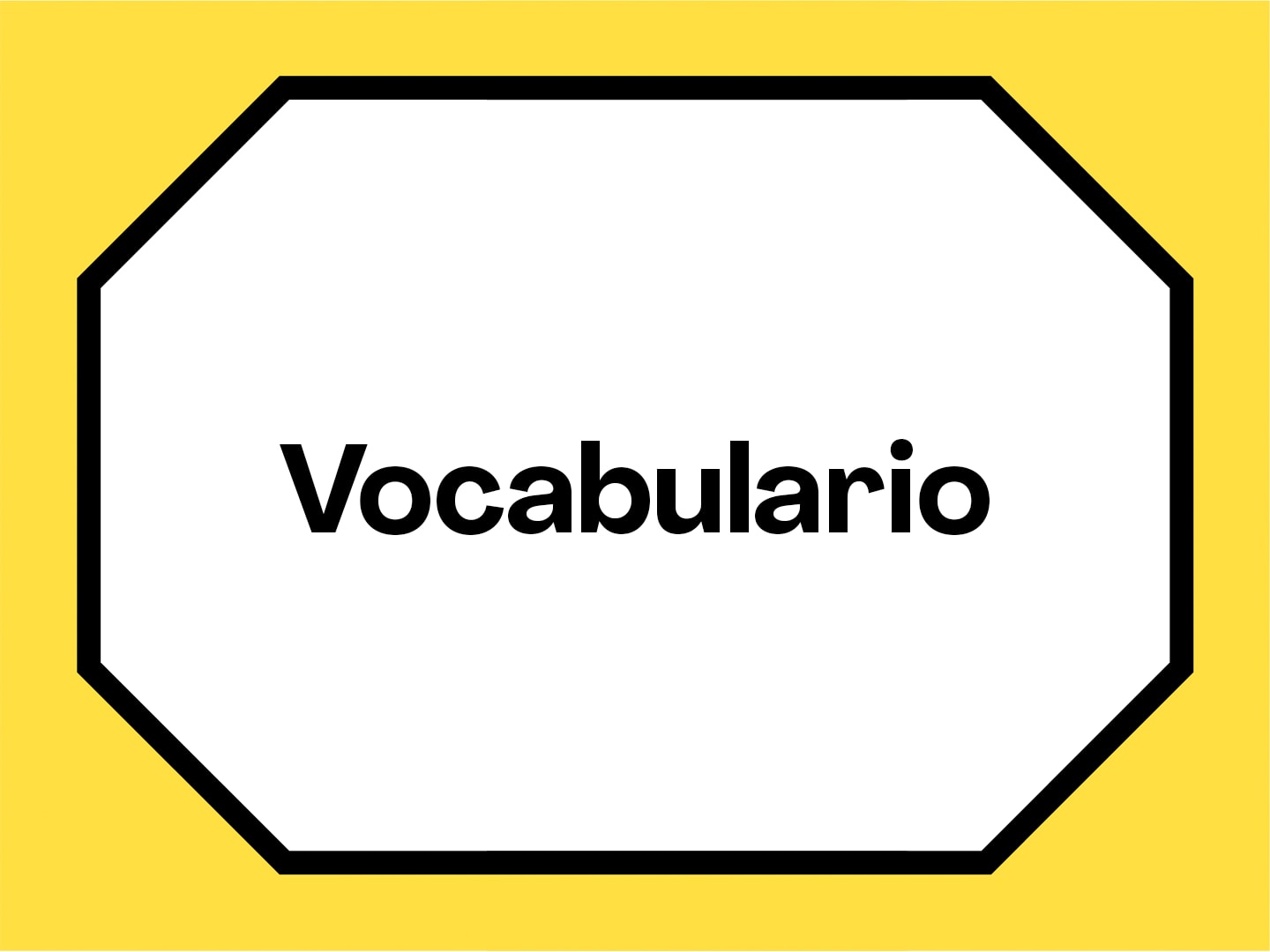
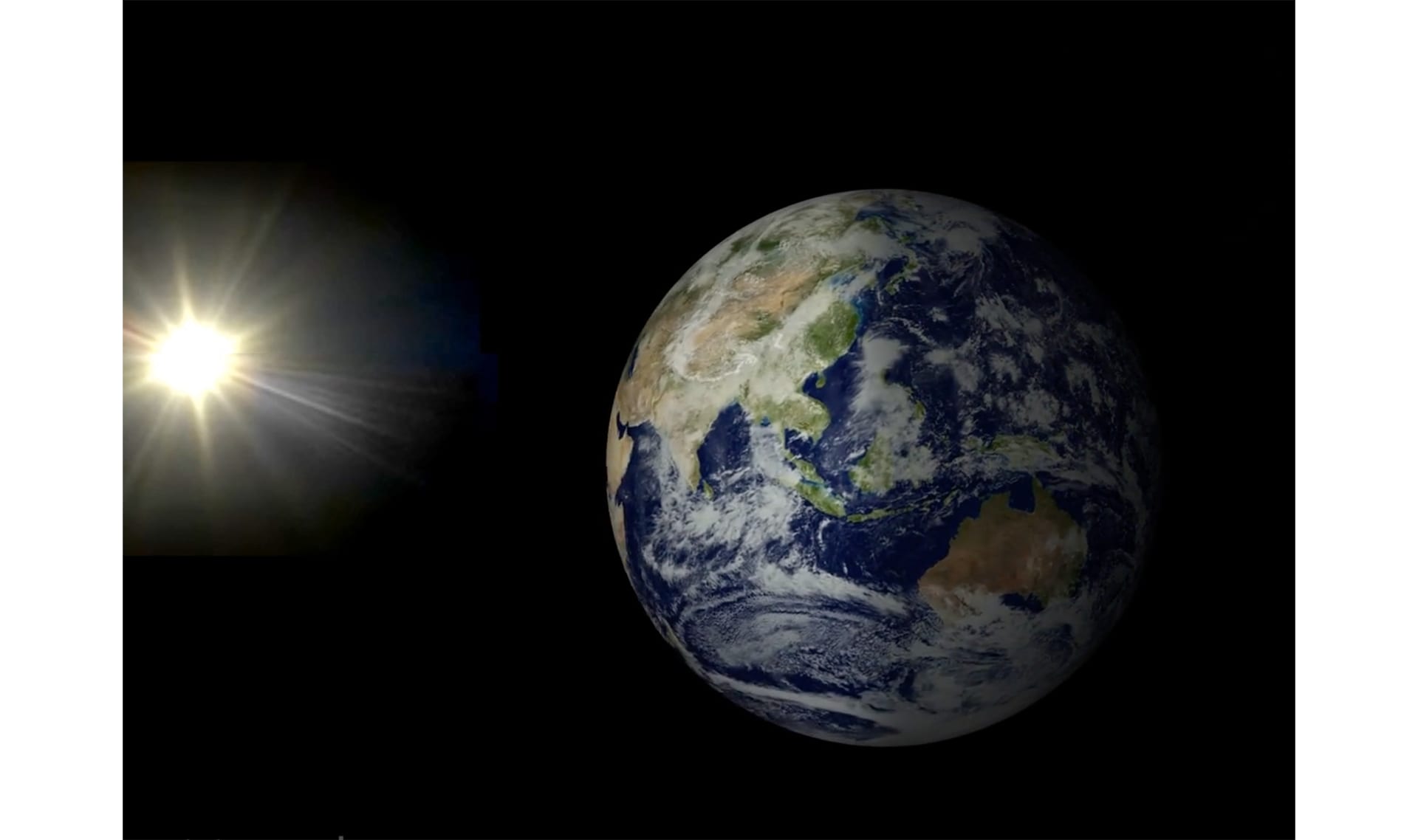
planeta
1 de 11
un objeto grande y redondo que orbita una estrella en el espacio exterior

Please wait…
This video is having trouble loading. You may have lost your Internet connection.
Step 1: Click to Reload this page
Step 2: Click to
Try our other video player
Step 3: Contact your teacher if trouble persists.
Or,
dismiss this message.
sistema solar
2 de 11
el conjunto de todos los objetos que orbitan una estrella
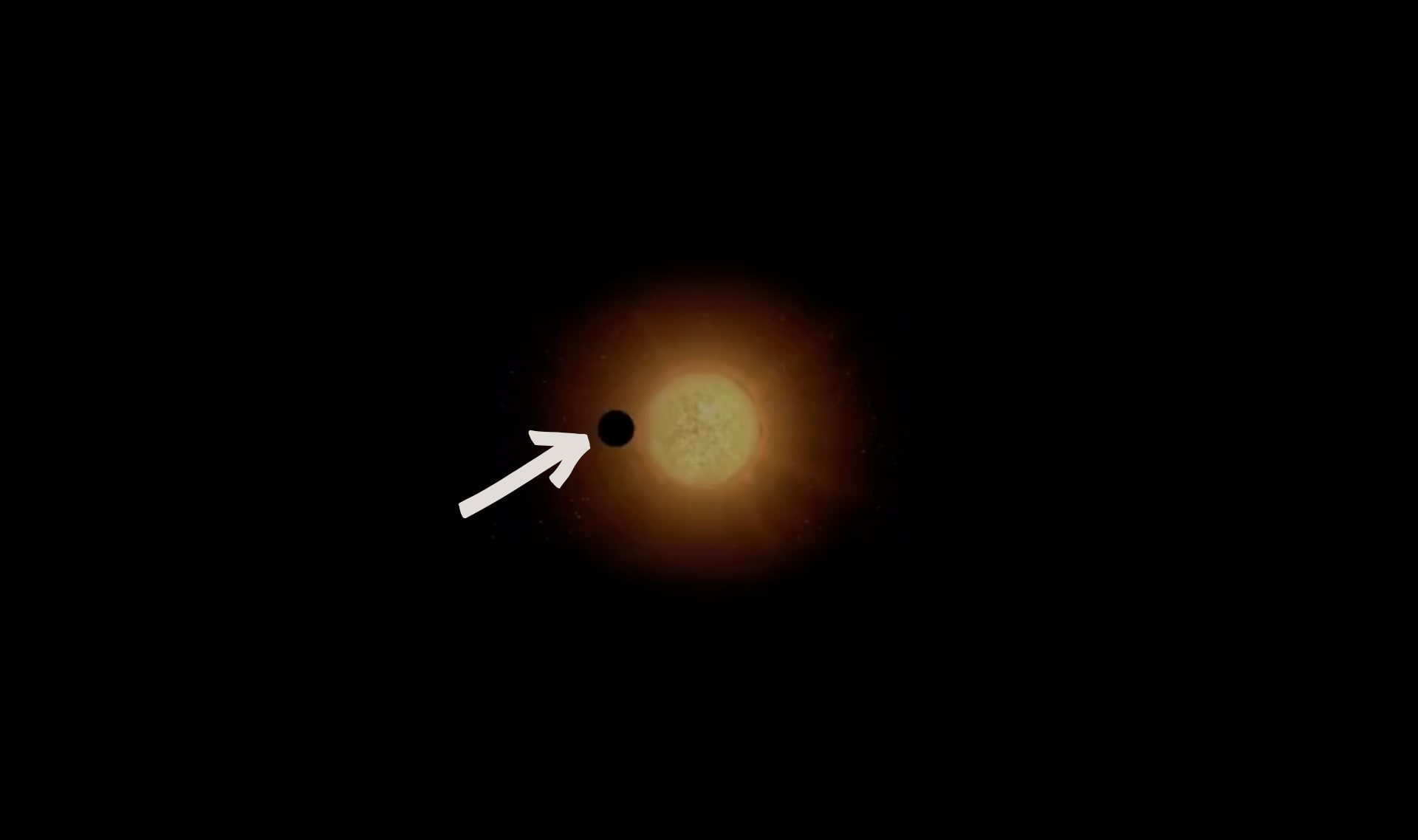
exoplaneta
3 de 11
un planeta que orbita una estrella fuera de nuestro sistema solar
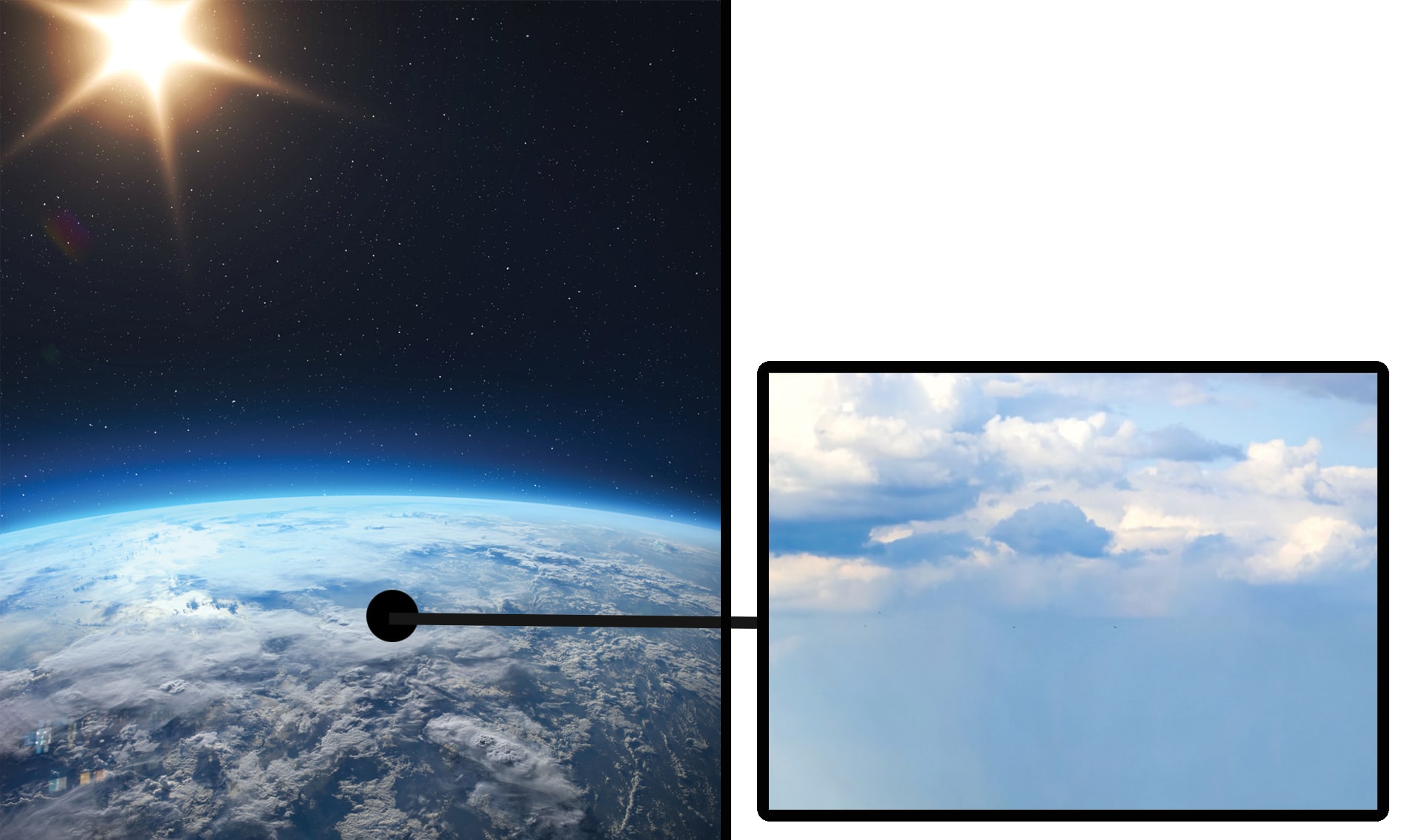
atmósfera
4 de 11
el aire que rodea todo un planeta

Please wait…
This video is having trouble loading. You may have lost your Internet connection.
Step 1: Click to Reload this page
Step 2: Click to
Try our other video player
Step 3: Contact your teacher if trouble persists.
Or,
dismiss this message.
dióxido de carbono
5 de 11
un tipo de gas que las plantas ingieren y que los animales liberan al respirar
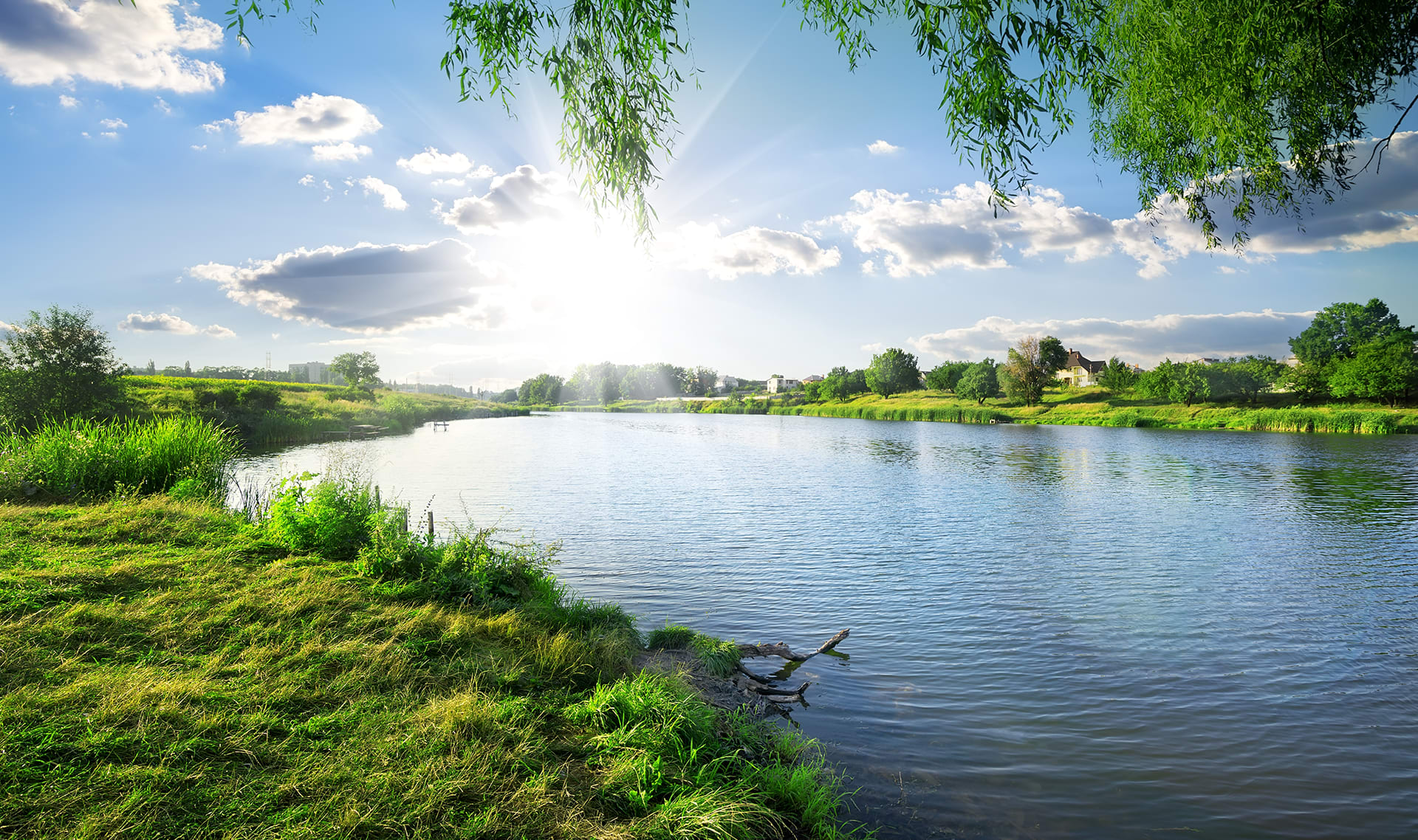
habitable
6 de 11
un lugar con las condiciones adecuadas para la supervivencia de un ser vivo
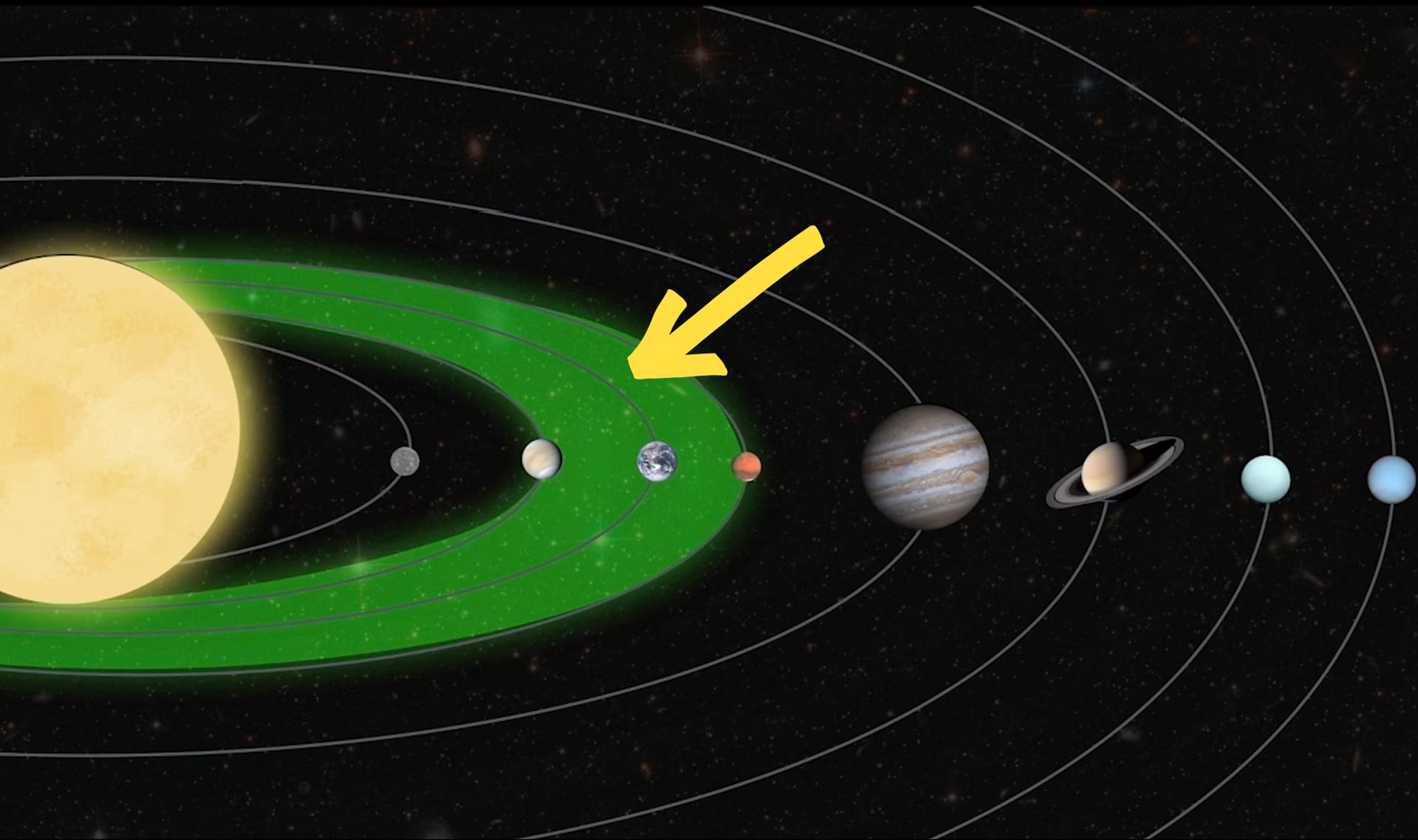
zona Ricitos de Oro
7 de 11
el área cerca de una estrella en la que no hace ni demasiado frío ni demasiado calor, lo que hace posible que pueda haber agua líquida
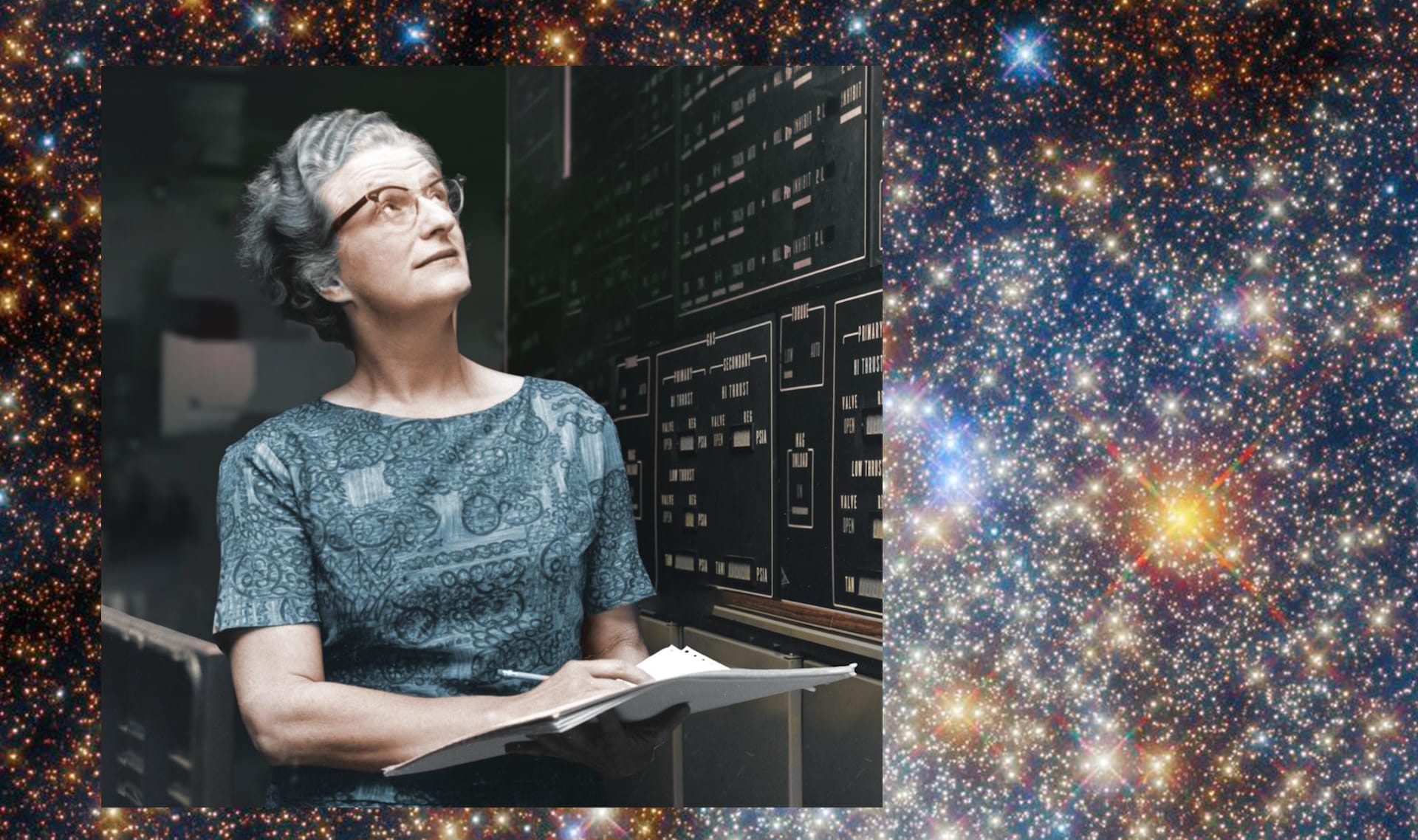
astrónomo
8 de 11
un científico o una científica que estudia el espacio exterior
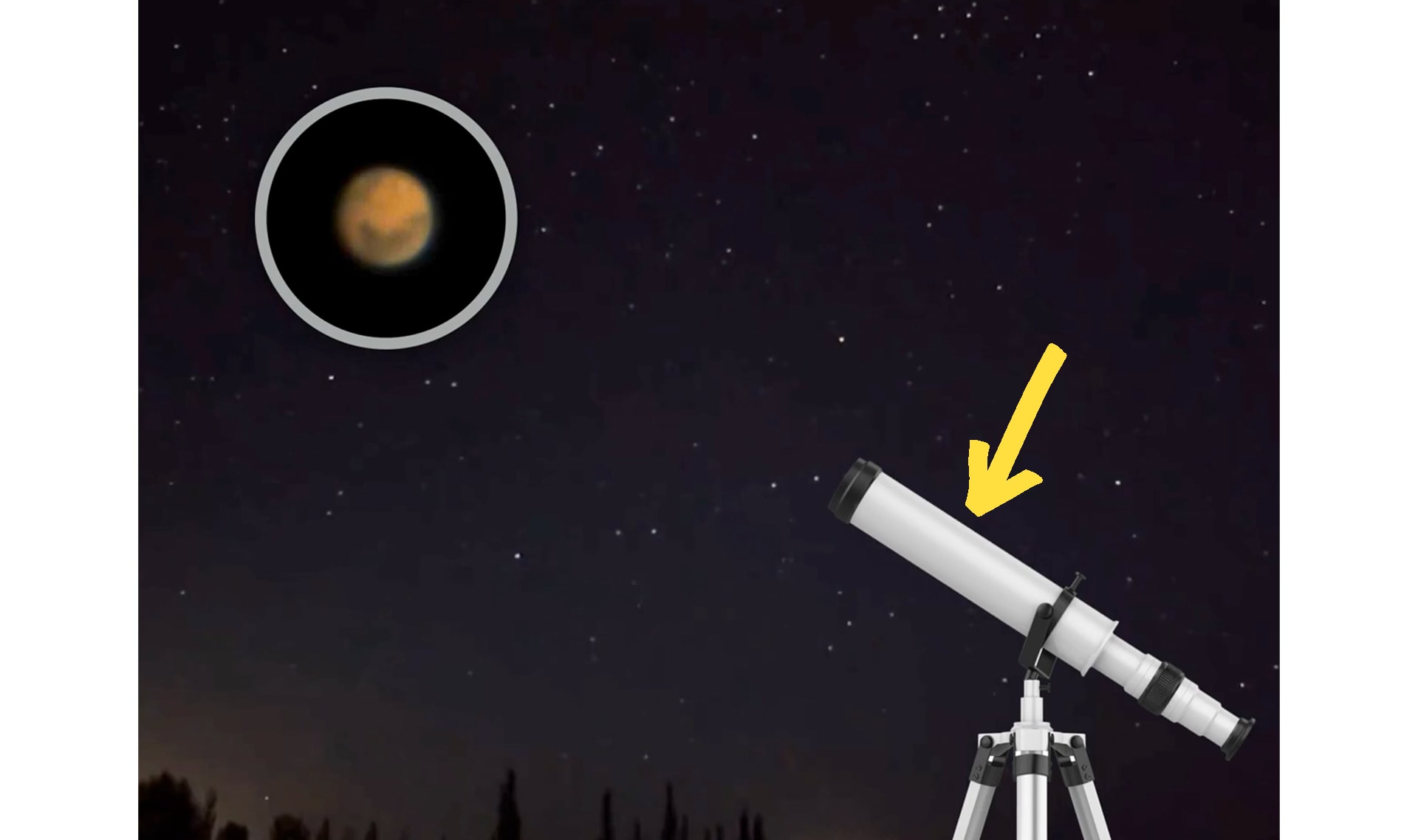
telescopio
9 de 11
una herramienta usada para ver objetos distantes más de cerca, por lo regular se usa para observar objetos en el espacio exterior
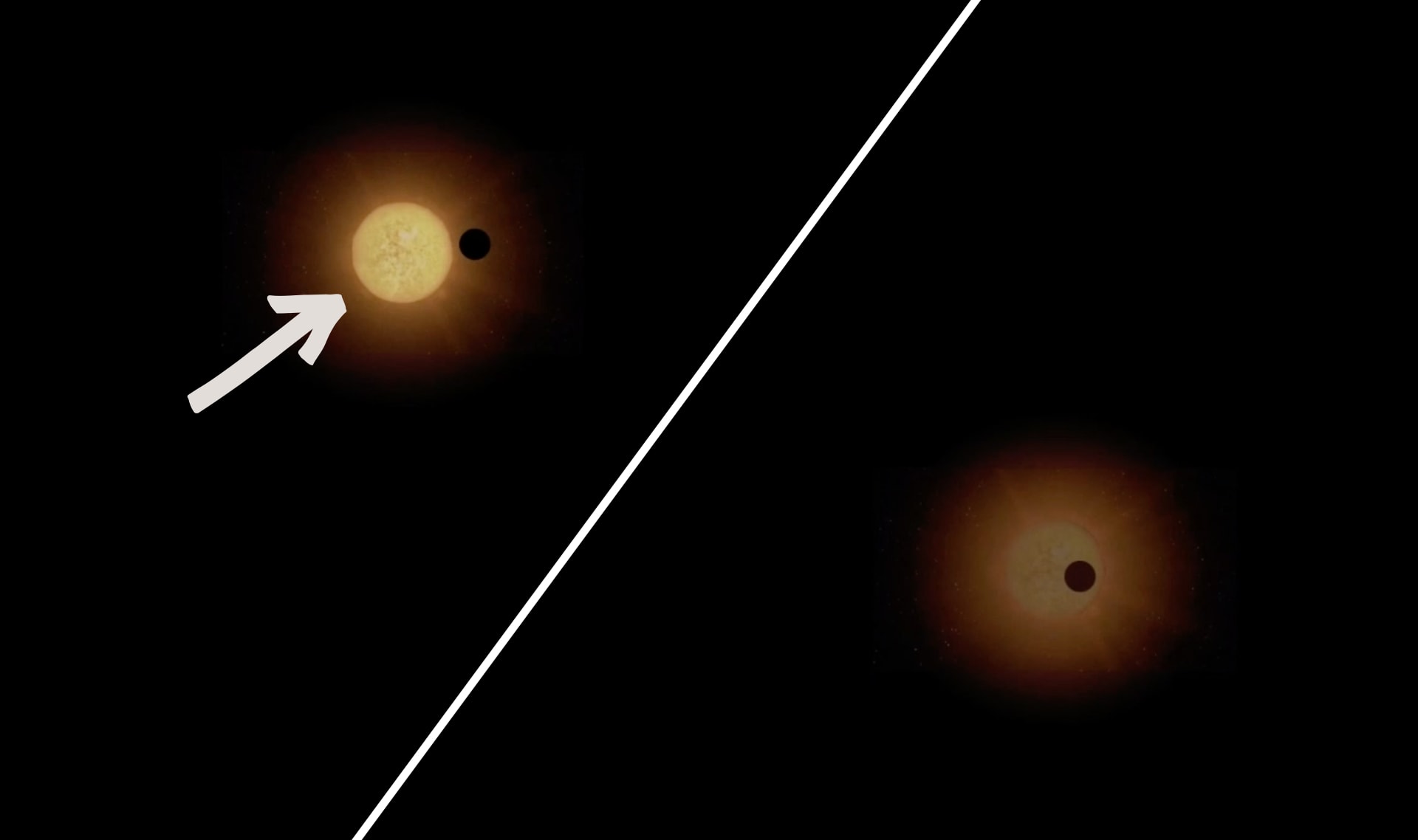
luminoso
10 de 11
cuando hay mucha luz, lo contrario de tenue
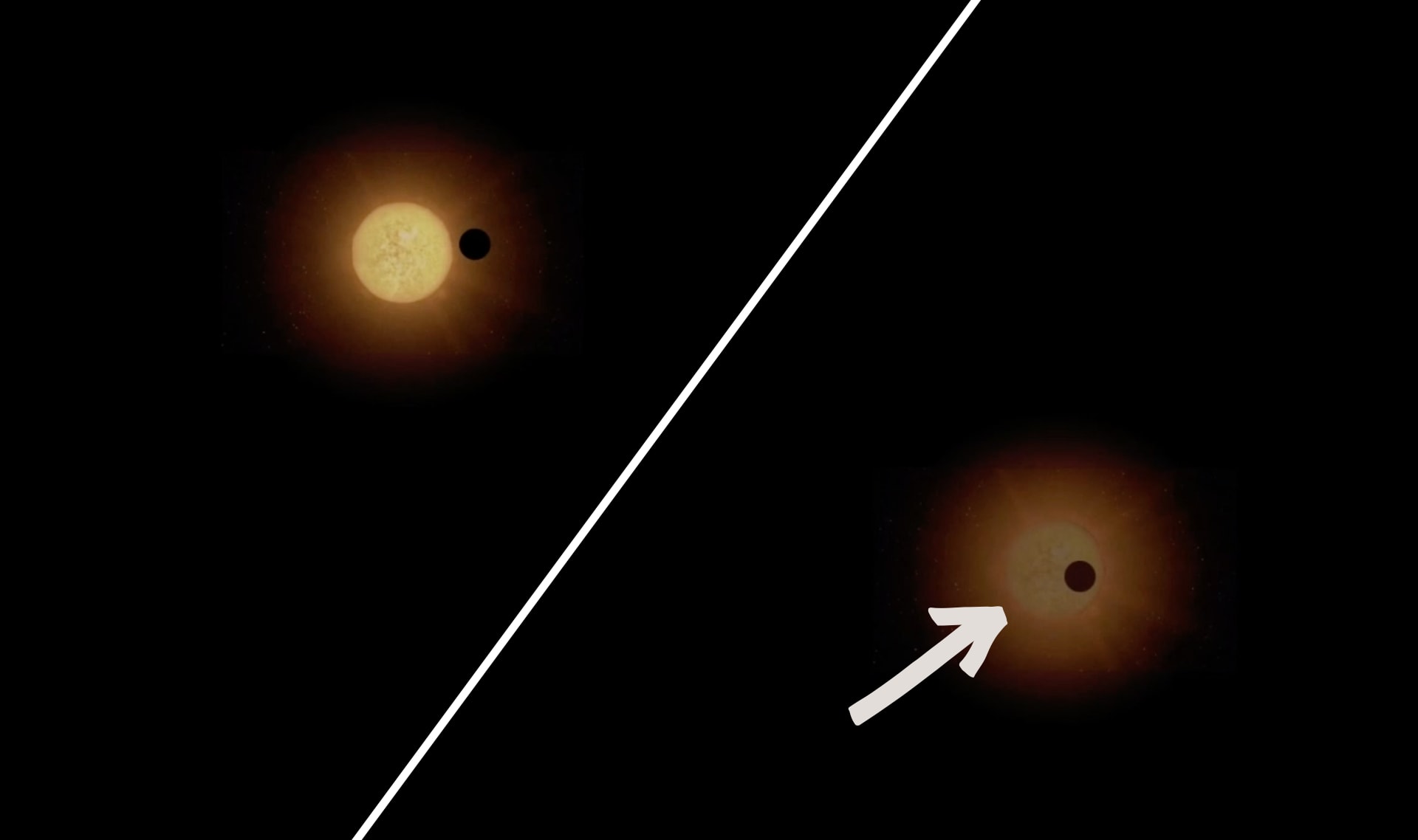
tenue
11 de 11
cuando no hay mucha luz, lo contrario de luminoso
